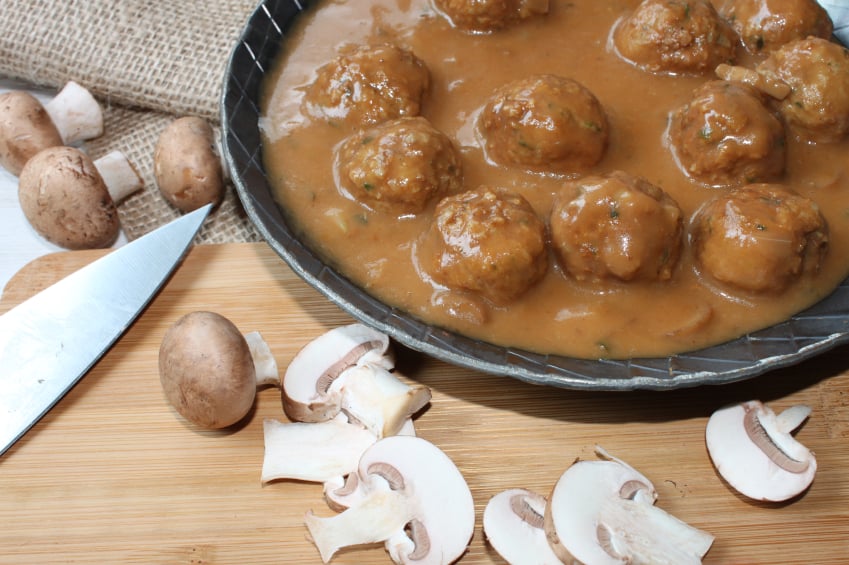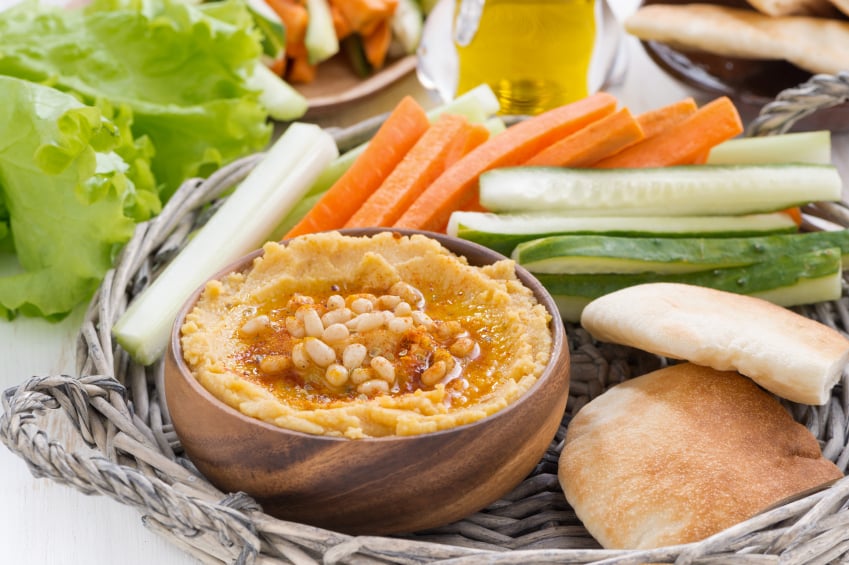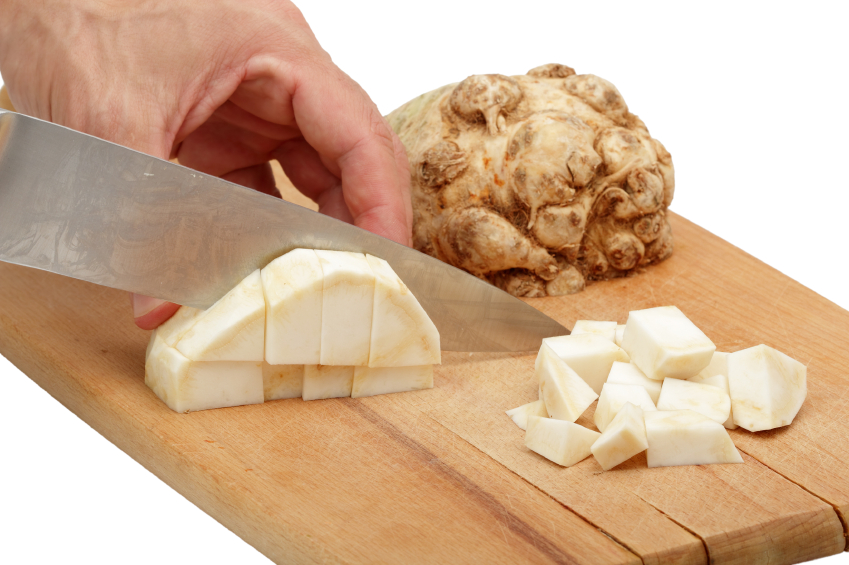If you’re like most of the country, the beginning of a new year means it’s time to think about losing a few pounds. Many people start hitting the gym harder than ever and make drastic diet changes. Doubling down so intensely just isn’t sustainable, which explains why most people’s resolutions go down the toilet after a month or two. Reducing calories too far can even backfire because it tricks your body into believing it needs to slow metabolism in order to conserve energy.
Since restricting your food to 1,000 calories a day while attempting to run 5 miles every morning is neither fun nor particularly beneficial, you need to be a bit smarter about weight loss. Often, it’s the details that matter most. Cutting out a mindless snack here and taking a few extra steps there. We’re sharing seven simple changes that could help you finally reach your goals.
1. Replace your morning juice with whole fruit

Source: iStock
Most people don’t brave the total juice cleanse, which is probably a good thing, but some folks like to take a halfway approach by replacing a meal or two. Unless you’re extremely regimented, it could easily backfire. Instead of feeling satisfied with a nutrient-dense glass of liquefied kale and apple, people usually find themselves nearly as hungry as if they ate nothing because these drinks don’t offer the fiber and protein many other foods do. On top of that, they’re pretty loaded with calories.
Instead of drinking an 8-ounce glass of orange juice for 122 calories, you can eat the whole fruit for just 69 calories. You’ll also score more than 3 grams of fiber. Even with vegetables, which contain a lot less sugar, eating is usually a better idea than drinking.
2. Use clever swaps to cut back on meat

Source: iStock
Going meatless a few nights a week is only a good strategy for losing pounds if you feel satisfied. For a lot of guys, vegetarian and vegan meals just aren’t filling enough to keep them from snacking later on in the evening. Instead of cutting out meat from your meal entirely, try slightly reducing the amount and replacing it with some smart ingredients. When making burgers or meatloaf, try replacing some of the ground beef with chopped mushrooms. They have a meaty taste and texture that are very similar and contain a lot fewer calories than meat.
Some dishes use meat more as a seasoning than anything else, so you might try working some of those dishes into your rotation as well. Try ma po tofu or split pea soup with ham. Meat and vegetable stir-fries are another great idea.
3. Eat more satisfying snacks

Source: iStock
Making it from one meal to the next can be a real struggle once your stomach starts rumbling. Once you’re hungry, it’s tempting to reach for candy, chips, or any other type of junk food that’s readily accessible. Choosing these salty and sugary eats to tide you over isn’t a good idea because they’re loaded with calories and usually leave you feeling just as hungry in less than an hour. Reaching for something more nutritious can both keep the calories in check and help you feelsatisfied until meal time arrives.
Your best bet is to treat your snack like a very small meal, meaning you need a good balance of protein, fat, and fiber-rich carbohydrates. Go for hummus with carrots, an apple with almond butter, or yogurt topped with some nuts. Even some protein bars can be good choices, particularly ones that don’t contain too much sugar. Also, keep your portion sizes reasonable. Instead of eating almonds straight out of the container, pre-measure the proper amount before you start noshing.
4. Move around more at work

Source: iStock
Adding some more movement to your day can do wonders for your waistline. A 2015 study published in the European Heart Journal found replacing two hours of sitting with standing can improve blood sugar and cholesterol. Those who managed to replace the same amount of sit time with walking scored even more benefits: a lower BMI and a smaller waist circumference.
Moving in general will help you burn more calories, but moving up the stairs is even better. The University of New Mexico’s Health Sciences Center said a 150- to 160-pound person canburn roughly 15 calories by walking three flights of stairs, and that number increases for guys who weigh more. It might seem small, but making the climb a few times a day can add up.
5. Drink a glass of water before eating

Source: iStock
As much as we think we know about our bodies, many of us confuse thirst for hunger. This makes it easy to down a few hundred more calories when all we really need to feel satisfied is some more water. Try keeping a water bottle with you throughout the day to make sure you aren’t mindlessly snacking when you’re dehydrated. Tanking up before a meal is also a good idea. A recent study published in Obesity found people who drank a bit more than 16 ounces of water 30 minutes before eating lost more weight than a control group.
6. Park farther away from your final destination

Source: iStock
Once again, the more movement the better. Way too many people waste time driving around the lot to find a parking spot closest to the door. Choosing a spot at the far end forces you to walk farther, and it hardly feels like more work. Better yet, you won’t have to fend off other drivers for those oh-so-desirable parking spaces.
Let’s do just a bit of math to see what it can do. Say parking at the far corner of the ramp or lot adds ¼ mile to your walk. That means you’ll get an extra ½ mile by the end of the day. Using a formula from Runner’s World, a 170-pound person can expect to burn about 48 calories by walking ½ mile. While not a huge dent, you get the idea. Cover even more distance by walking to a café for lunch instead of ordering in.
7. Replace some of your carbs with veggies

Source: iStock
It doesn’t take too much thinking to figure out pasta, bread, and other carbs contain a lot more calories than vegetables. One clever way to use this to your advantage is by replacing some of your favorite starches with produce. Try using a mix of half potatoes and half celery root or rutabaga when you make mashed potatoes. When boiling pasta, go for a smaller amount and toss some vegetables in with the noodles during the last few minutes of cooking. You can even use cauliflower to make a substitute for rice.
Original post is here
No comments:
Post a Comment